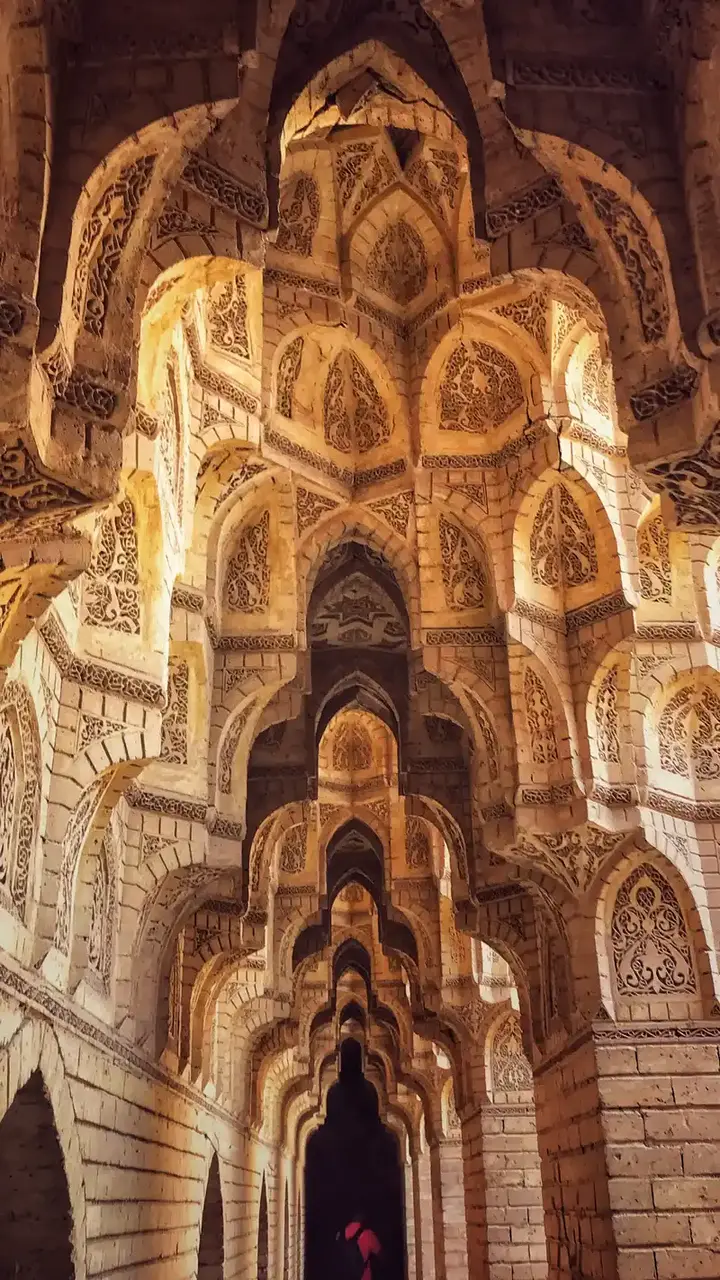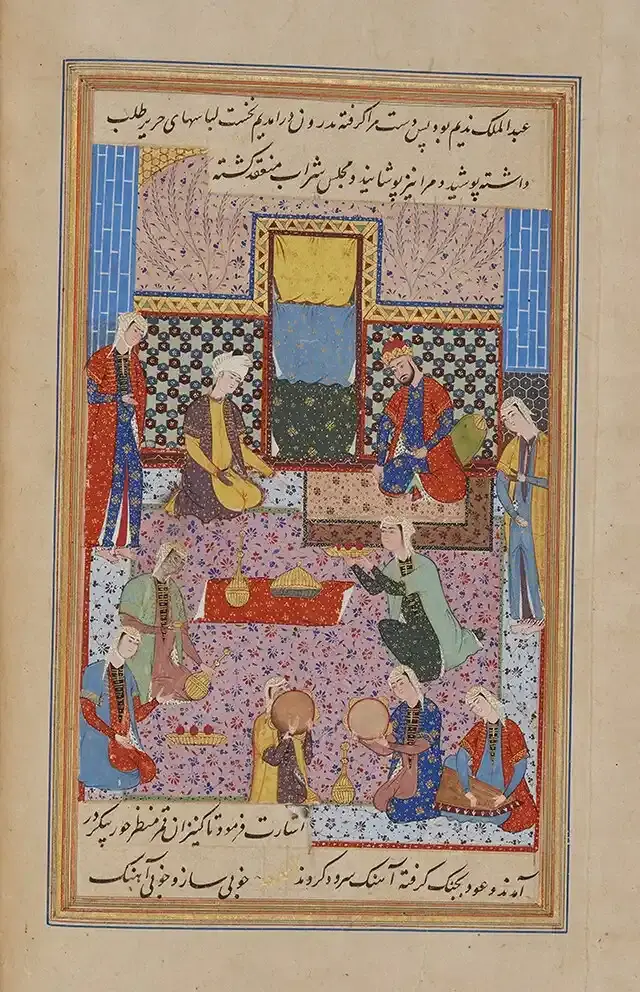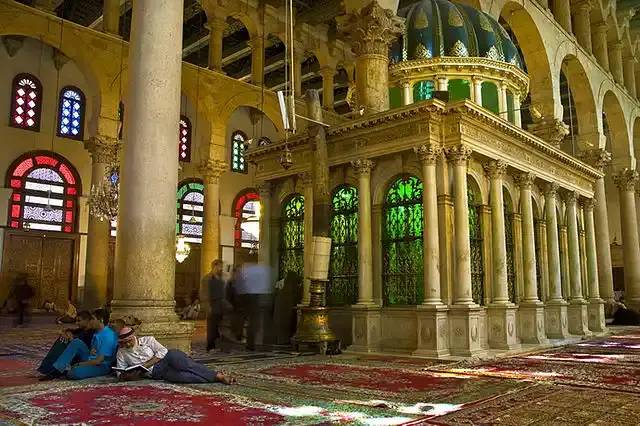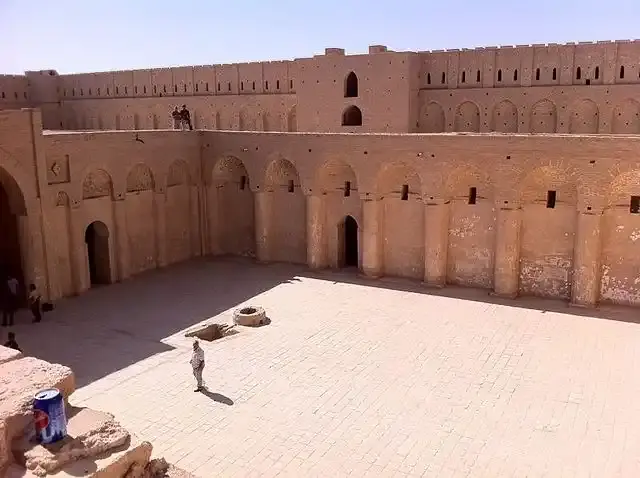The Islamic heritage imprint in the Abbasid Palace in Baghdad
For more than 800 years. And passing through the most difficult and breathtaking periods in history in the history of the Middle East in general and Iraq in particular. That picturesque building still stands as a witness to one of the best eras of rule in Baghdad. On the banks of the ancient Tigris ... You find that majestic palace tells about the ages of what has passed and writes among its corners tales about heroes and events that were not far from the Arab and Islamic world. Here is the Abbasid Baghdad Palace. The most beautiful palaces of Bani al-Abbas are undisputed.
Show key points
- The Abbasid Palace in Baghdad, built in 163 AH by Caliph Abu Jaafar Al-Mansur and originally named the Peace Palace, served as both a royal residence and later, arguably, an educational institution.
- This magnificent structure exemplifies the pinnacle of Abbasid architectural beauty, especially through its intricate clay and grilled brick decorations that resemble beehive designs.
- Visitors are often struck by the palace’s climate-responsive design, featuring over 40 uniquely shaped rooms that remain warm in winter and cool in summer.
- ADVERTISEMENT
- The building’s solid structure and fortified pillars indicate its role as a high-security residence fit for a caliph, setting it apart from typical palatial designs of its time.
- During Caliph Al-Nasir's reign, the palace became a center for political unity, religious inclusivity, and strategic resistance, notably supporting Salah al-Din during the Crusades.
- The Abbasid Palace's historical importance extended into the Ottoman and modern Iraqi eras, serving diverse roles from military headquarters to a site of royal coronation and political trials.
- Its unmatched combination of artistic craftsmanship and historical significance makes the Abbasid Palace one of Baghdad's premier cultural and tourist landmarks.
The Beginning

The construction of this magnificent building was completed in 163 AH by order of the Caliph Abu Jaafar Al-Mansur, and he called it then "Peace Palace", and it was his residence, and some archaeologists spoke that the palace was at one of the historical stages a school for the similarity between its façade and the style of the Mustansiriya school.
Recommend
The architectural style in the Abbasid Palace in Baghdad represents the pinnacle of Islamic decoration of that era, as it was distinguished by containing highly artisanal decorations that are impressive and rarely found anywhere else, whether in Baghdad or abroad.
Abbasid Palace from the inside

The inner courtyard of the Abbasid Palace contains a central fountain that works in a distinctive physical way, and you can see the delicate decorations scattered on the inner walls of the square, which are very similar to beehives because of their accurate inscriptions and symmetry that calls for surprise and admiration, and it is worth noting that these inscriptions were made of proud clay or grilled clay.
Inside the Abbasid Palace, there are more than 40 rooms distributed over two floors, and it is impressive that the palace in winter is warm and in summer it is cold, in reference to the interest of designers to provide the highest amenities at that time, and we also note the asymmetry of the rooms that resulted from the unequal sides that make up the palace, which made each group of rooms a special character and imprint.
The distinctive heritage imprint of the Abbasid Palace

Many researchers in the Abbasid heritage believe that the Abbasid palace in Baghdad and its decorations are unparalleled in terms of the meeting of the art of clay right with the arts of engraving and sculpture that is similar to the cavities of beehives, which gave the walls a special luster that you do not find similar to any other tourist attraction, whether in Baghdad or abroad, which made it one of the distinctive tourist places that visitors are eager to see and enjoy its views during their visit to the city of Baghdad.
Many tourists come to visit the Abbasid Palace in Baghdad because of its distinction and the presence of some similarities between its façade and the architectural style used in the construction of the Mustansiriya School, but there are some features that distinguished the Abbasid Palace from any other building, because its pillars were secured, indicating that it was equipped to protect and secure the Caliph and his residence in it, so it was not an ordinary palace, but rather a highly secured palace equipped with the highest means of immunization in its time.

The Abbasid Caliph Al-Nasser Li-Din Allah was the first to take that palace as the seat of government, and the Abbasid palace at that time was a symbol of Oujda and the rejection of differences and fanaticism between the different sects, so the era of the Caliph Al-Nasir for the religion of God was the first palace in which the Hanbalis enter the positions despite the Caliph's affiliation to the Shafi'i doctrine, which prompted the situation in various parts of the Abbasid state to reconcile and rapprochement and renounce division, as the Abbasid palace was a symbol of resistance and struggle where the Caliph Al-Nasir supported Salah al-Din Al-Ayyubi with money He ordered all his governors to provide him with the necessary support in the war to liberate Jerusalem from the hands of the Crusaders and also supported him against the rebellions of the Assassin sect.
The Abbasid Palace in Baghdad retained its historical importance in the era of the Ottoman Empire, as it was taken as a military headquarters and called "Al-Baroud Khana because of its distinctive defensive characteristics, and King Faisal was crowned in the courtyard of the Abbasid Palace in 1953 as a sign of the continuity of the monarchy and its association with the ruling regime with its heritage and its adherence to the principles of unity and the rejection of division. The republican regime also tried the symbols of the monarchies in the yellow hall inside the Abbasid palace in 1958 to confirm their right to rule, derive their legitimacy and show their pride in the great past, the likes of which are rarely found in a city in the world.








